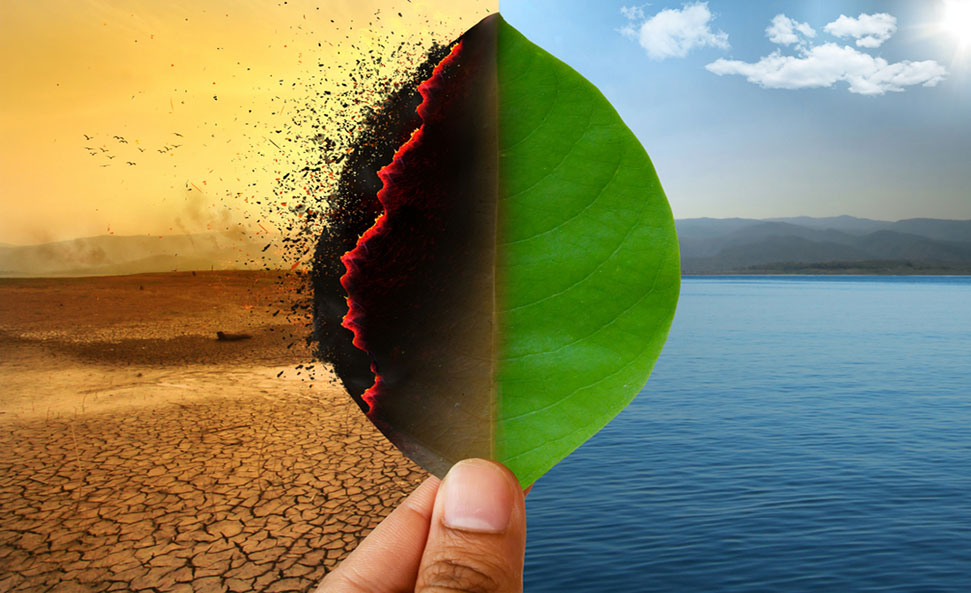As soon as winter sets in, our skin starts feeling dry. Similarly, our skin feels a burning sensation if we step out in the sun in the summer months but our conversations hardly revolve around the relation between skin and climate change. There might not be many conversations amongst people in general but there are dedicated groups who are focusing their research on this pertinent issue for e.g., there is a society of 150+ members known as the American Academy of Dermatology Expert Group. This group has been involved in the study of the relationship between climate change and dermatology and has several eye-openers to its repertoire.
The amount of expert research being done about the correlation between climate and dermatology is huge and the correlation factors are large, perhaps that is why climate’s effect on skin has been realized as SDH – Social Determinant of Health. However, there is the scope of a larger volume of study in this arena. For e.g., at the moment, we have garnered enough knowledge to discuss air quality and its impact on the respiratory system but we do not have much knowledge to emphasize the impact of air quality on the skin, at least at the layman’s level.
When it comes to skin, our vocabulary is limited to concepts like tanning, pigmentation, etc. and that too has got developed by the advertisements of fairness creams or our visits to beauty parlours. We need a more accelerated level of health awareness in terms of climate and skin. As per the experts, some forms of bacteria like enterobacteria, streptococcus, and staphylococcus are very active in warmer and humid climates like India and affect our overall health including the skin. These significant aspects need to be part of our everyday conversations.
As pointed out by Grover S, Rajeshwari, in Indian Journal of Dermatology, Venereology and Leprology, 2009;75:337-9, there is a relationship between global warming and skin disorders. The expert opinion emphasizes the fact that, if there is a temperature rise there is an increase in the reproductive cycles of insects and vectors like mosquitoes which cause skin rash and dengue. It also gives rise to yellow fever which results in yellowing of the eye and skin. This is just one instance to drive the point of impact of climate change on our skin. We, the laymen should enhance our knowledge on such issues so that the larger issues like global warming and what can be done to stop them starts appearing more urgent to us because we as a society tend to focus upon immediate concerns rather than the ones which are large but far away.

 Little gets discussed about the impact of climate change on the human skin, even when it is the first thing that we experience with the slightest dip or rise in temperature.
Little gets discussed about the impact of climate change on the human skin, even when it is the first thing that we experience with the slightest dip or rise in temperature.









.jpeg)



















.jpg)
.jpeg)